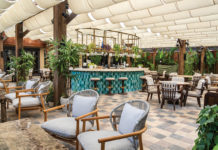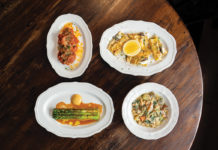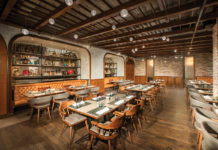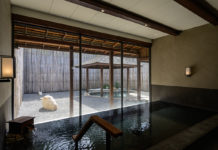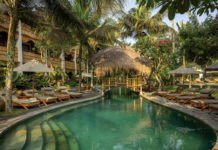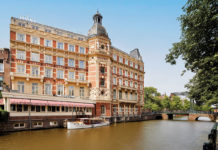The Heritage and Legacy Within
Roaming through cities of Asia – Singapore, Bangkok, Kuala Lumpur or Jakarta, a traveler is said to not have fully seen the city before going to see its Chinatown. Whether in Thailand, Malaysia, Cambodia, the Philippines or anywhere else in Asia or the world, the always festive and lively area of Chinatown where the Chinese community reside and focus their livelihood form a city within a city.
Thinking about a Chinatown, what comes to mind? Whether located nearer to suburbs or downtown, a Chinatown never fails to flavor the city it is in. Often located near one or several Chinese temples, Chinatowns usually consist of tight rows of often-similar looking houses or shop houses, and a market place selling everything from incense to garments to vegetables to firecrackers. Sometimes a business district is also within the vicinity. The jumbled up cultural aspects involved in the mix of Chinese traditions with aspects of the city often add to the whole charm.
In Singapore where Chinatown covers a vast area of several precincts, lined up with heritage European-style shop houses with rows of dainty-looking windows painted in pastel colors, a Hindu temple Sri Mariamman marks one side of the area on Temple Street. Buddha Tooth Relic Temple, the biggest Buddhist temple in Singapore, with massive red doors, marks the other end of Chinatown on South Bridge Road. People from all walks of life come here after hours to sit on one of the benches in front of a food stall to chat while sipping tea and savoring a bowl of flavorful broth with steaming dumplings or delicious noodles. The inviting burst of fragrances fill the early evening air, and as darkness comes, the paper lanterns all along the strip are lit – shedding red, yellow, purple and orange illumination to the streets below.
In Thailand’s capital, Chinatown is concentrated on Yaowarat Road in Samphanthawong District. Next to backpacker street Khao San where travelers come from all over the world to marvel in Bangkokians’ uniqueness, Bangkok’s Chinatown is famed as a foodie’s haven. Thai people are known for their fondness for durians, so all year long the pungent smell of durian mixed with Thai green and red curry hovers upon the streets and alleyways creating a heady sensation. This Chinatown is located on one long strip of road that resembles a dragon’s curvy body, making it an auspicious location for business. Visitors can find leading gold shops, garments, textiles, stationery, souvenirs, second-hand parts and equipment, electrical goods, computer parts, antiques and imported musical instruments all at a bargain. This legendary road has both sides of pavements flocked with stalls for food or fruit, antique looking Chinese restaurants in wooden shop houses, vendors selling delicacies like nuts, dried meat, pickles, durian (of course), and seasonal fruit like cherries, plum, pears, and dragon fruit.
Kuala Lumpur’s famed Chinese enclave is landmarked by Petaling Street, a long strip filled with vendors under green roof cover, dubbed as the “Green Dragon”.
The street has been closed to vehicular traffic and has become pedestrian-only, transforming it into a pedestrian shopping mall. This attracts many tourists, who go there to shop on this historical street which is regarded as a heritage site. Petaling is said to be the best place to shop for counterfeit branded products and has a large selection of local Chinese cuisine. For buyers, it is often possible to negotiate the price of items such as watches, clothing and all counterfeit items. Haggling is a common sight here as the market street is swarmed with both locals and foreign visitors.
But compared to other cities’ historical Chinatown, Jakarta’s Chinatown of Glodok probably has the saddest background. During The Batavia era, the Dutch colonialist created commercial opportunities which lured thousands of Chinese to Java. Swift immigration challenged the city’s limited infrastructure and created burdens on the city. Tensions grew as the colonial government tried to restrict Chinese migration through deportations. In 1740 five thousand Chinese were massacred and in the year after, Chinese inhabitants were ghettoized in Glodok outside the city walls. Nowadays Glodok Chinatown in Jakarta portrays a friendly environment, with activities circling around the exquisite, four hundred year old Jin De Yuan Temple on Petak Sembilan Alley. The crowded market place sells tropical fruits like snake-fruits, guavas and bananas, pork rice and dumplings, and the huge electronic center that has made Glodok famous for over three decades.


